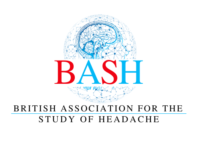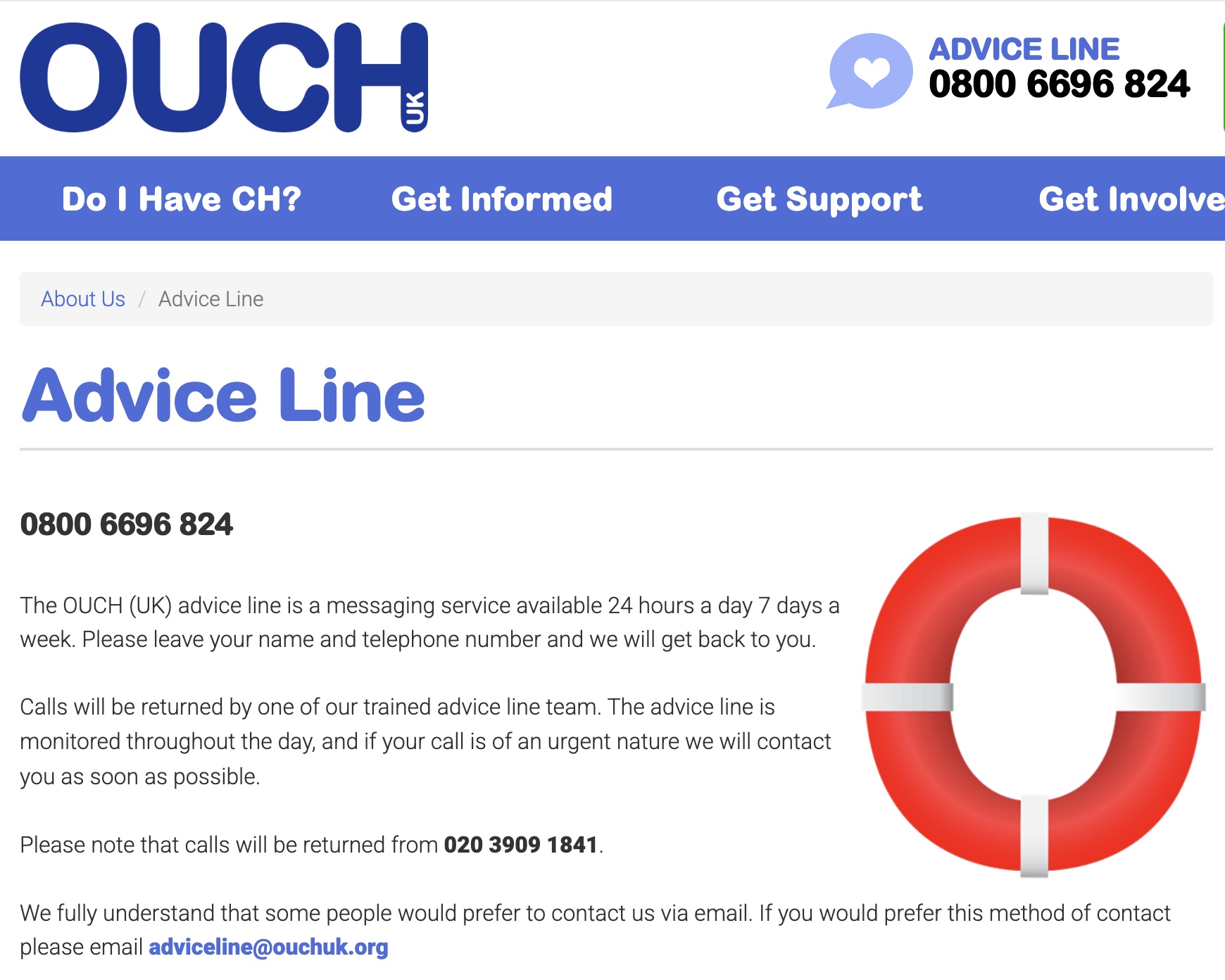Comparative effects of drug interventions for the acute management of migraine episodes in adults: systematic review and network meta-analysis, BMJ September 2024
By Dr Gina Kennedy
A recent paper looked at acute migraine treatments
For those of you interested in which is the best painkiller for acute migraine episodes, the BMJ has just published a systematic review and meta-analysis of 137 randomised controlled trials of all acute treatments (Comparative effects of drug interventions for the acute management of migraine episodes in adults: systematic review and network meta-analysis, BMJ September 2024). It is worth keeping in mind that many studies had low or very low levels of evidence and most were sponsored by industry but the collection of studies provide a valuable comprehensive comparison of multiple treatment options in over 60,000 patients.
Four triptans came out well
Head of the leaderboard for pain relief at 2 hours, is the understated eletriptan, closely followed by rizatriptan, sumatriptan, and zolmitriptan. For longer lasting pain relief which lasts for longer than 2 -48 hours, eletriptan remains the favourite and sumatriptan and rimegepant were more effective than placebo with comparable performance for up to as long as 48 hours.
Side effects may affect decision-making for individuals
As we know, painkillers are only as good as the person feels taking it. Side effects of dizziness, fatigue and chest discomfort were associated with eletriptan use which need to be balanced with the benefits. Parasthesia and nausea were more likely associated with lasmitidan and sumatriptan. Rimegepant was well tolerated and ubrogepant was associated with more nausea. Whilst taking side effects into account, eletriptan alongside rizatriptan, sumatriptan, and zolmitriptan had the best overall performance. The choice of triptan should be determined on individual suitability and more than one type should be tried.
Triptans -around for many years but under-used
The relative high efficacy and low cost of triptans makes them the first recommended acute treatment for migraine. However, they are currently underused and not yet accessible to all those who suffer migraine around the world. In fact, only about 17-23% of migraine sufferers in the US and 3-23% in Europe actually use them. In order to help everyone access triptan treatment worldwide, the review recommends that triptans are included in the WHO List of Essential Medicines.
Alternatives to Triptans now exist
For those that are unable to use triptans due to intolerable side effects or cerebrovascular and cardiovascular contraindications, there are now alternative options with gepants (rimegepant, ubrogepant) and lasmitidan, (the latter two are not available in the UK yet). Although the newer gepants and ditans are more expensive, they are a welcome option where there was none before for people who can’t take triptans. Their efficacy has been ranked alongside paracetamol and NSAIDS. The report concludes that more evidence is needed on the cardiovascular risk of triptans, which may be overstated, and this, together with more patient-level data on cost-effectiveness, would allow us to make more personalised painkiller choices for migraine sufferers. In the meantime, the bottom line is to try more than one triptan, starting with the most cost-effective and don’t forget your gepants!
Coming soon
Look out for our upcoming BASH Clinical Practice Recommendations on frequently asked questions, daily conundrums and the best practical way to use migraine treatments based on what we know so far in science and real life!

Dr Gina Kennedy




